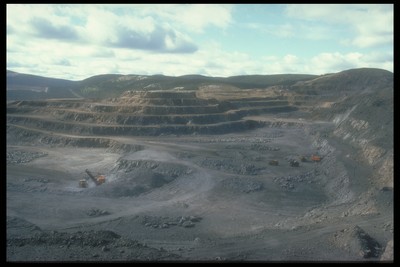Iron is the Earth’s fourth most abundant chemical element. It is also the most important economic one, being, for example, the main component in manufacturing steel. The Labrador Trough in northern Labrador and northeastern Quebec is the site of major Canadian iron deposits.
In 1896, following four field seasons exploring this remote and unforgiving landscape, the Geological Survey of Canada’s Albert Low was the first to describe in detail its geology, including the occurrence of iron deposits. His report covers geological, historical, climatic, and botanical information and remains a valuable reference.
The Labrador Trough iron deposits occur mainly as sedimentary banded iron formations of the Lake Superior type, named after the region in which they are most common. When they became of economic interest in the 20th century, Low’s 1896 report provided the information that led to successful iron ore production, initially near Schefferville, Quebec, from 1954-1982.
Discovery of additional resources led to iron ore production in the Labrador City/Wabush area south of Schefferville in the 1960s, with more than two billion tonnes of ore produced. Economic interest in the Labrador Trough’s iron ore continues to this day.
Category: Exploration
Decade: 1890s
References
Conliffe, J.A., Kerr, A., and Hanchar, D. (comp.), 2012. Mineral Commodities of Newfoundland and Labrador – Iron Ore; Newfoundland- Labrador Geological Survey, Mineral Commodities Series Number 7, 13 p.


